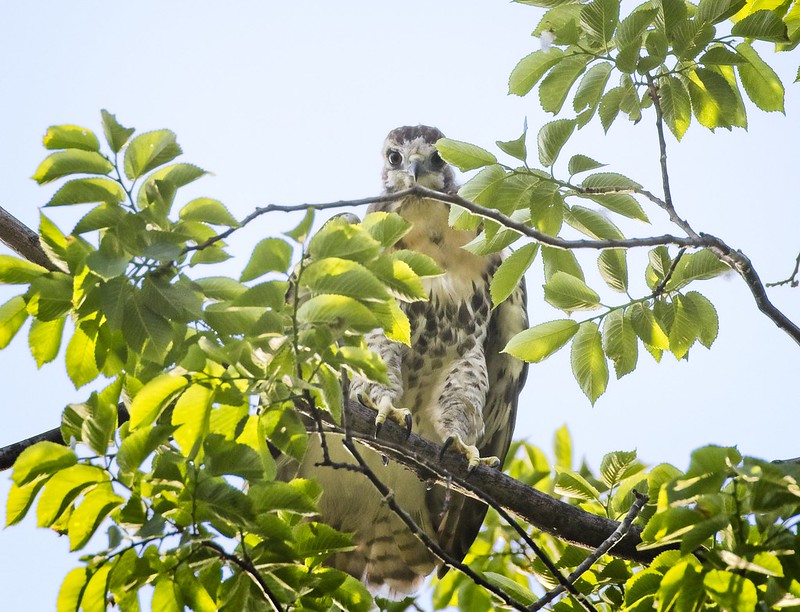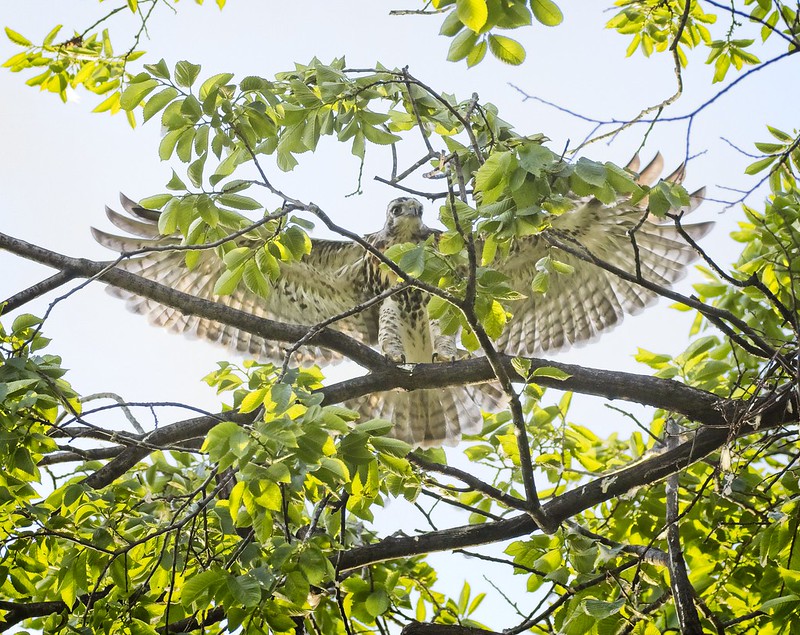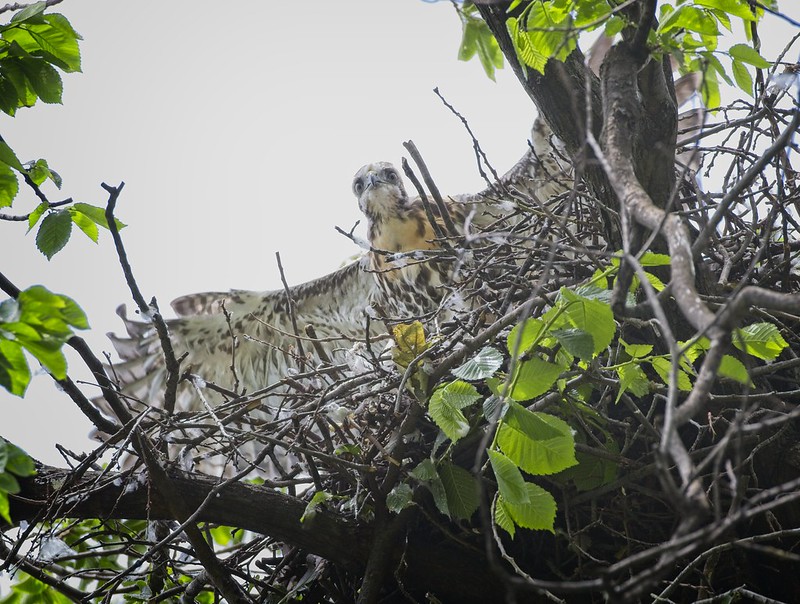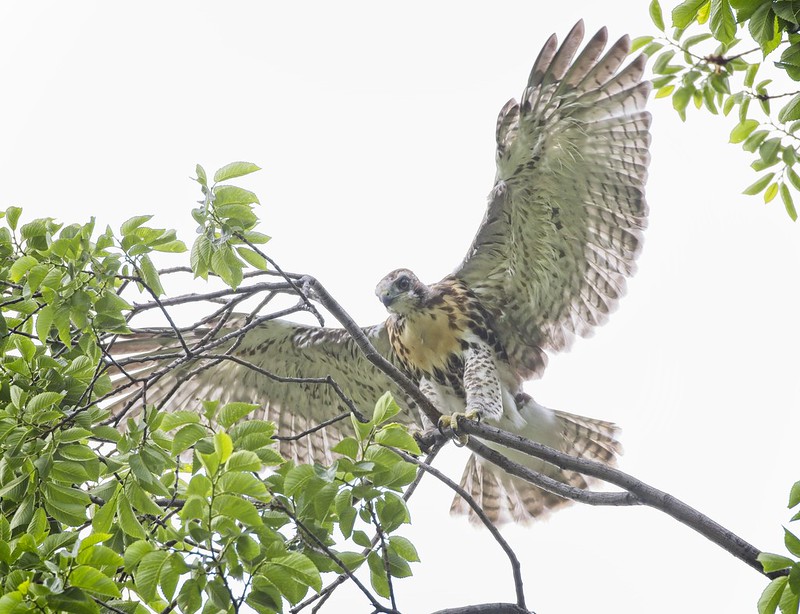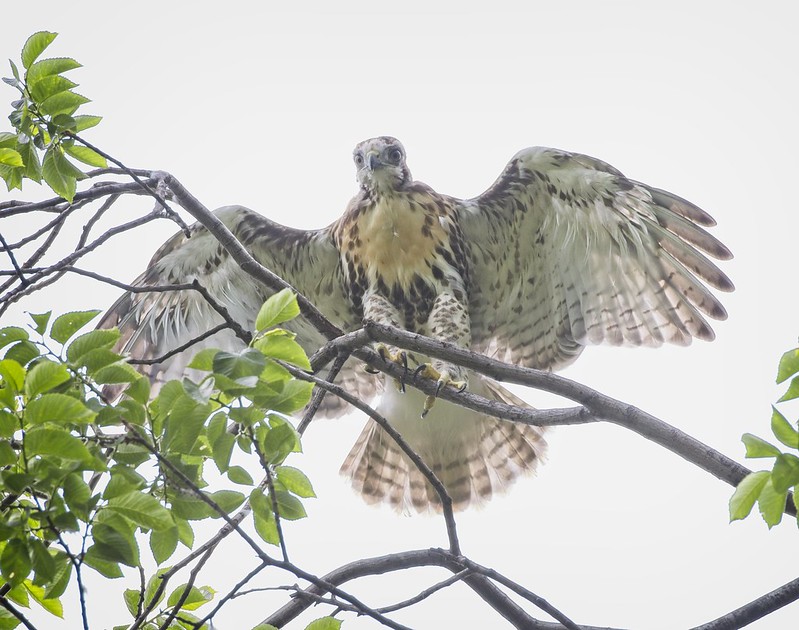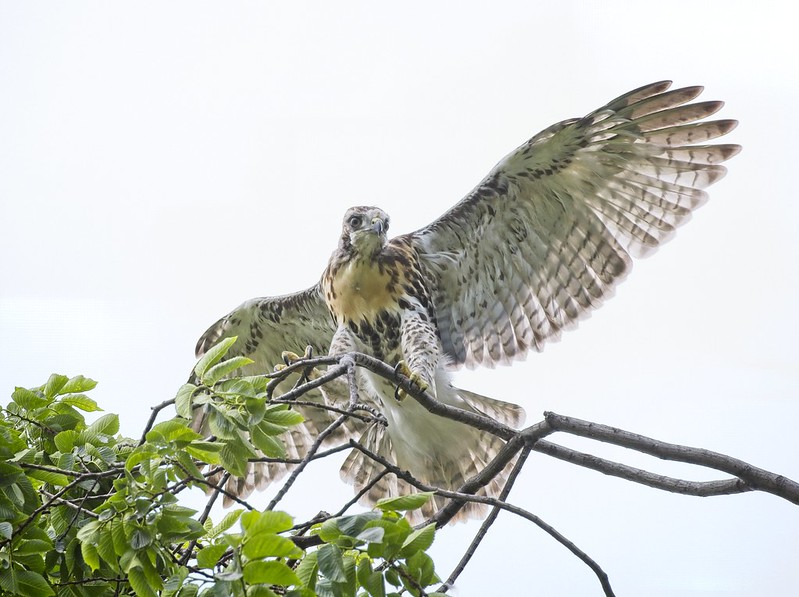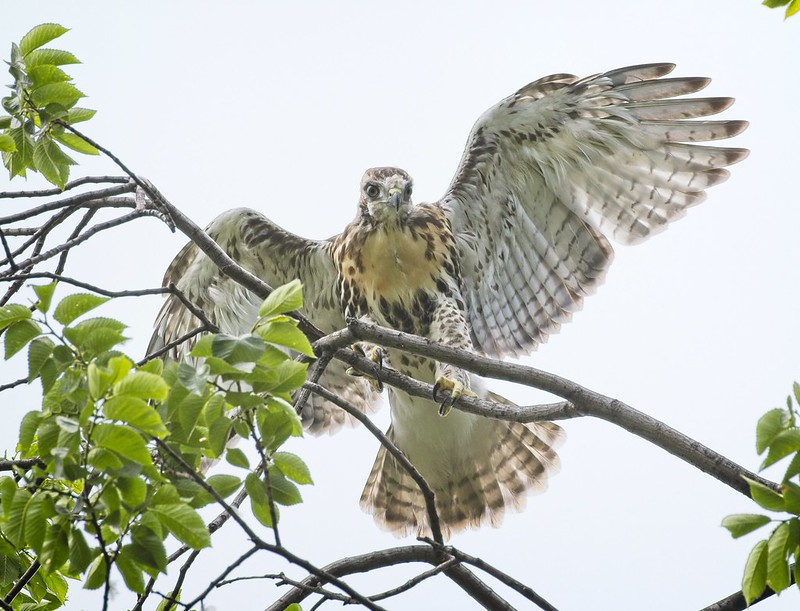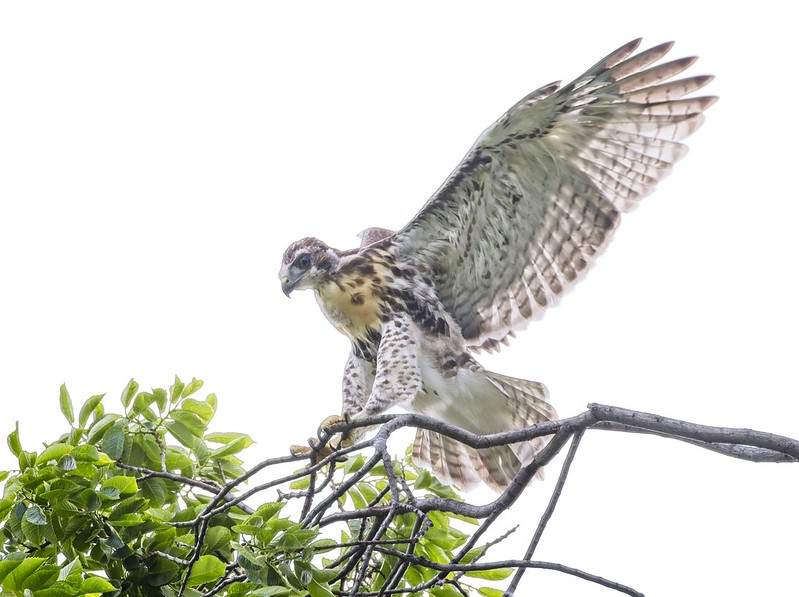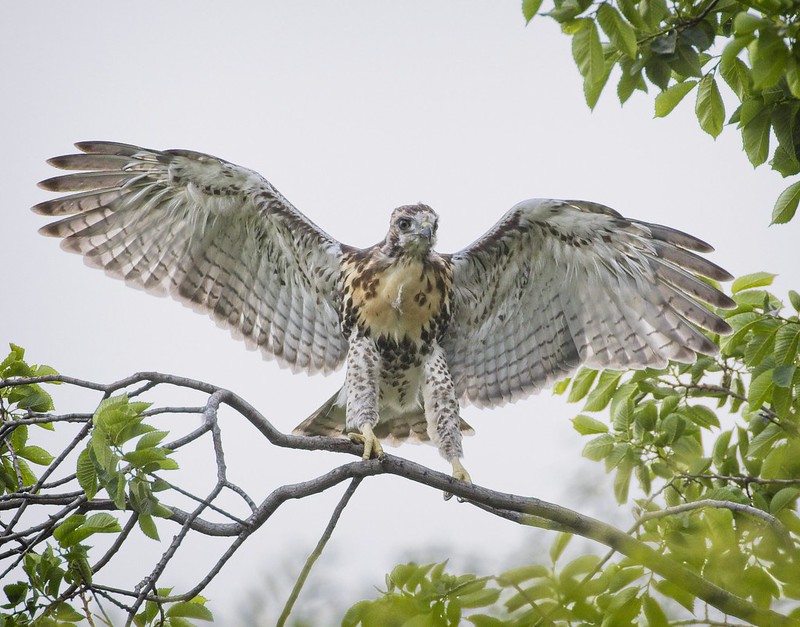I didn't expect to be able to observe very many birds this spring migration season because of travel restrictions, so I'm amazed at the variety I have been able to see right here within the confines of the city.
My favorites are the yellow birds. A visit from a happy little ball of sunshine takes all the stress away.
Like this
Prairie Warbler:

My day can only improve after seeing this little guy.
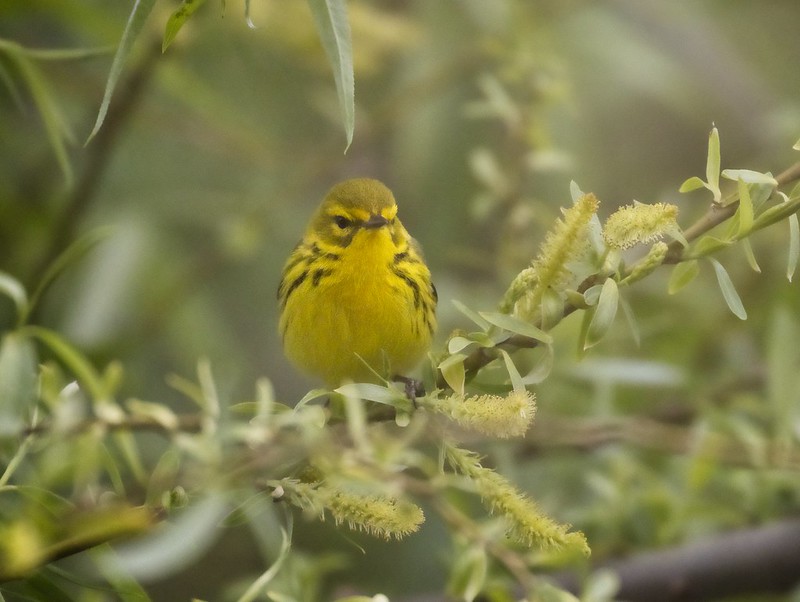 Palm Warbler
Palm Warbler:
 Black-Throated Green Warbler
Black-Throated Green Warbler:
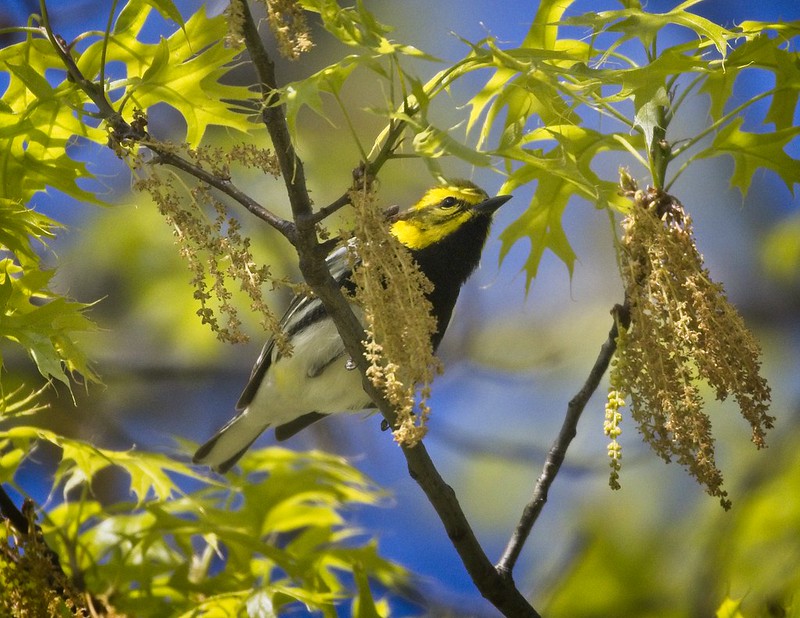 Yellow Warbler
Yellow Warbler, the definition of a happy little yellow
birb:
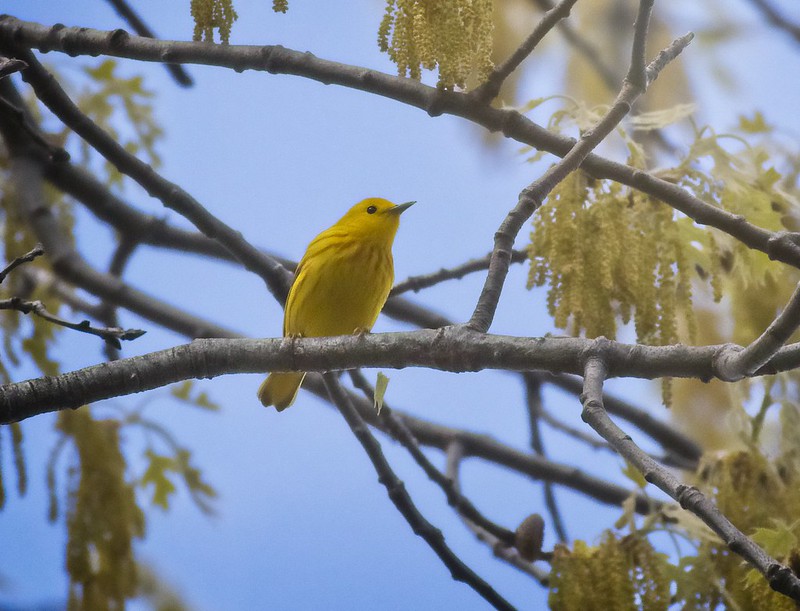 Common Yellowthroat
Common Yellowthroat:

She's not all yellow, but this female
American Redstart sports distinctive golden patches on her sides and tail.
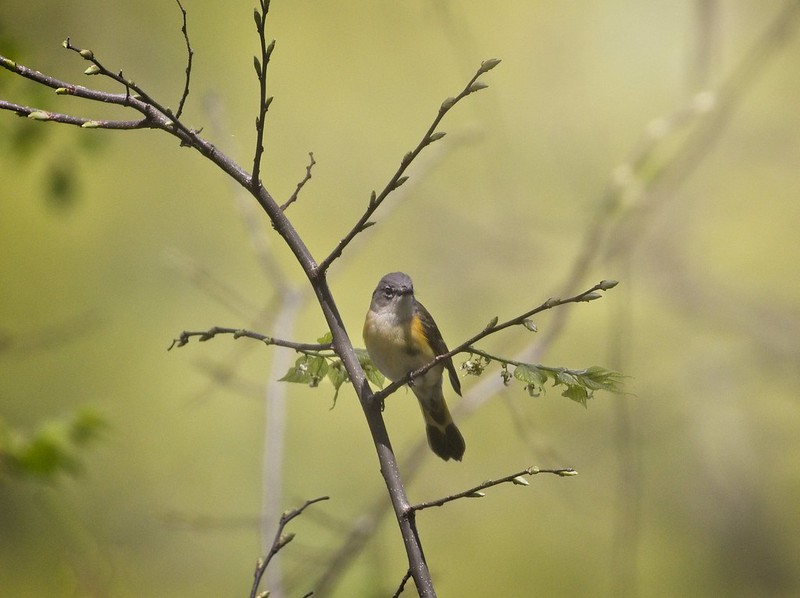 Magnolia Warbler
Magnolia Warbler:
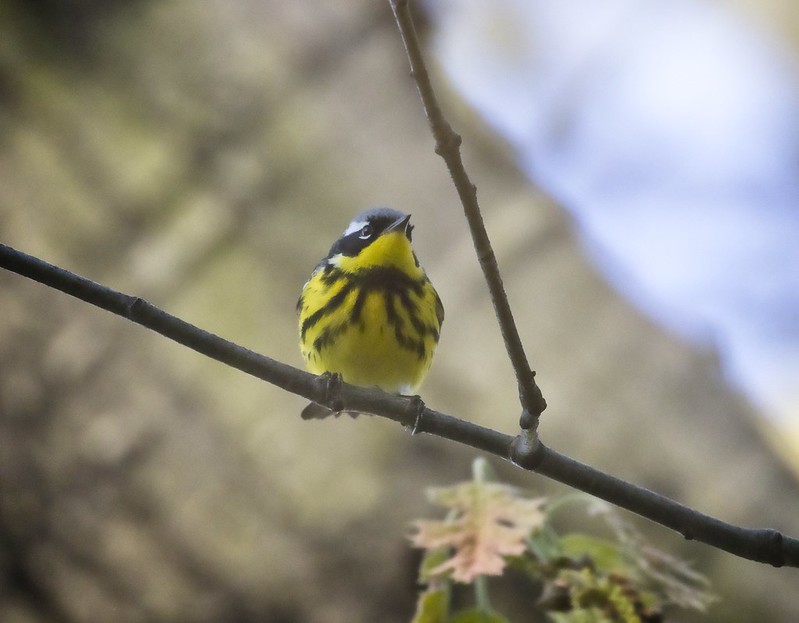 Yellow-Breasted Chat
Yellow-Breasted Chat:

Rivaling the Yellow Warbler in its
yellowness is the
American Goldfinch:

The
Northern Parula has a bright yellow patch on its throat and is one of the more colorful warblers.
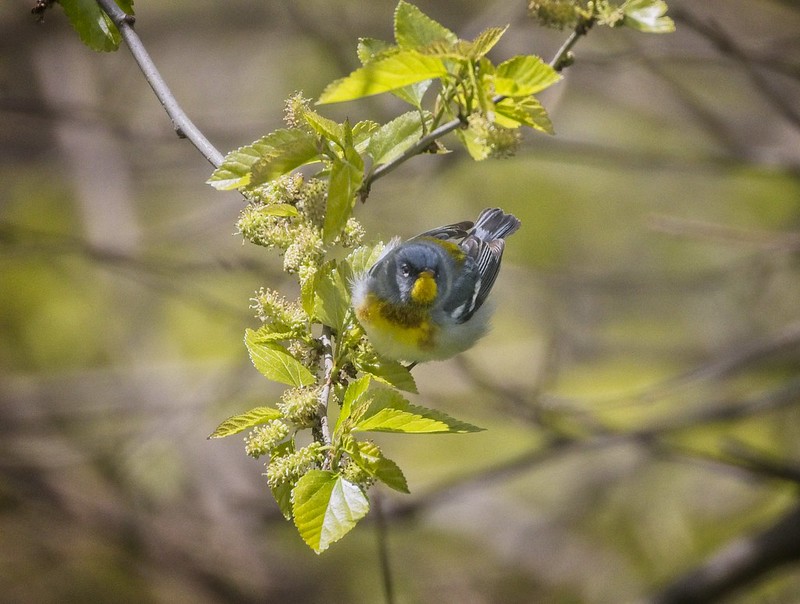
No yellow on this male
Black-Throated Blue Warbler, but the sight of him still made my day.
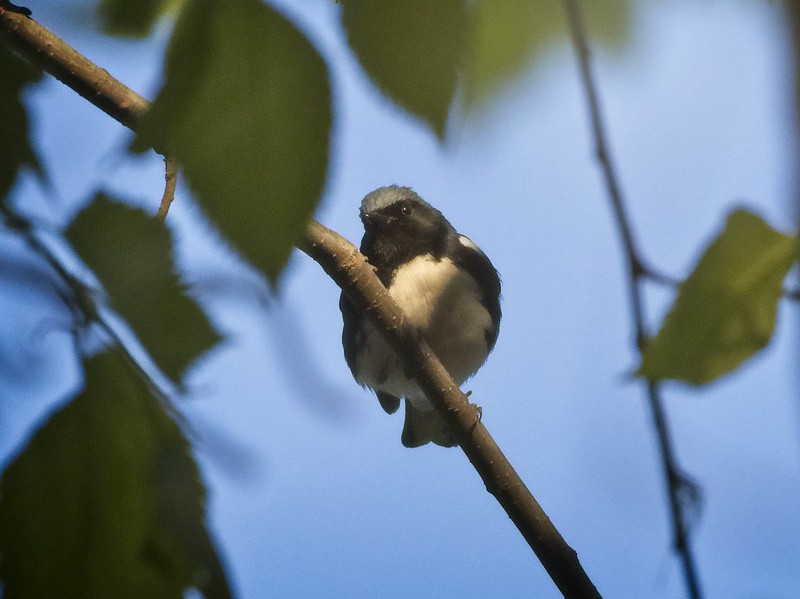
A lot of attention is paid to colorful warblers as they pass through the city because they really are exciting to see, but I also enjoy the arrival of other types of birds like this
Eastern Kingbird, who was feasting on a cloud of tiny flying insects.

Flying over the Kingbird was this
Black-Crowned Night Heron. I caught one
prowling for rats in Tompkins Square Park back in the summer of 2017.
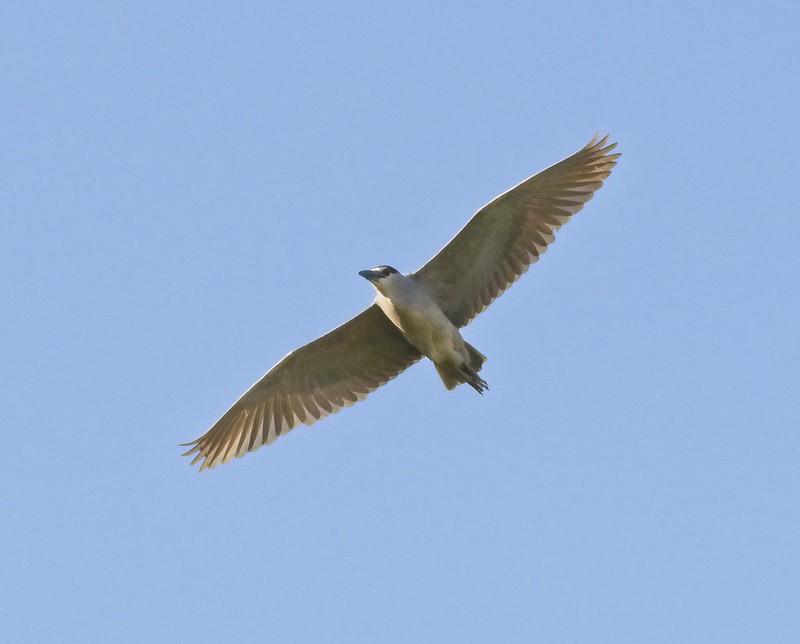
Observing all these birds as they migrate north to their breeding grounds has been essential for me staying mentally and emotionally balanced during this stressful time. I am not alone in feeling this way, so it's heartbreaking to know how perilous this journey is for many of them, especially as they pass through the city.
This week, one particular building in Manhattan has made news headlines due to the number of fatalities birds have suffered as they collide with its ultra-reflective glass windows. These news outlets are running the story:
New York Post
Gothamist
Patch
Unfortunately, the building in the news is not the only one that poses a danger to migrating birds. Every window or surface that reflects the sky is a potential risk to birds who may not see it and fly straight into it. Last December,
New York City Council passed legislation requiring all new construction (over a specified height) use bird-friendly design. However, this doesn't apply to pre-existing buildings.
So, what can we do?
An easy fix for windows is to use bird-friendly window films and decals. They are inexpensive and can be
found online here.
If we all work together, we can continue making NYC a safe and welcoming stopover for all the happy little rays of sunshine that continue to thrill and amaze us as they press on with their journeys north. If you need help spotting birds from your window,
West Side Rag offers a
guide to birding from home.
Many more happy bird photos to come...!

